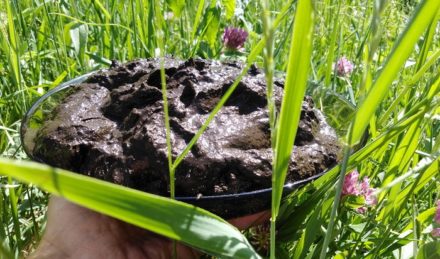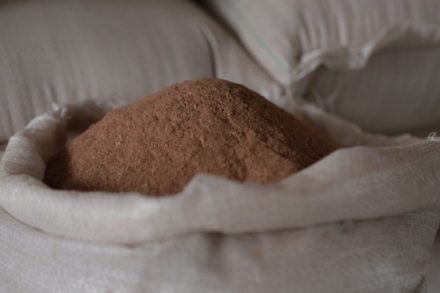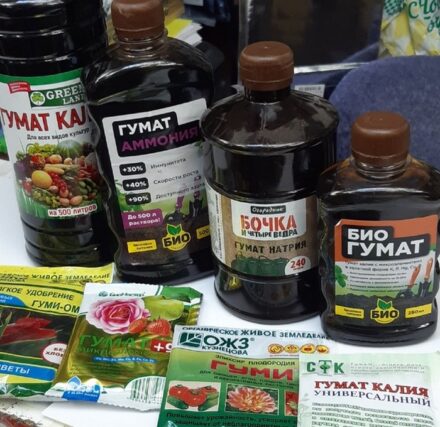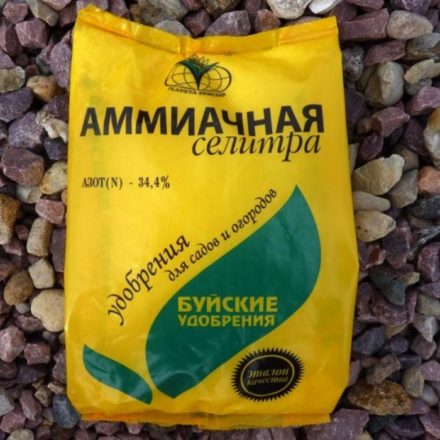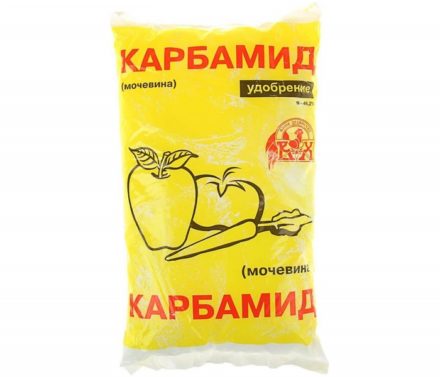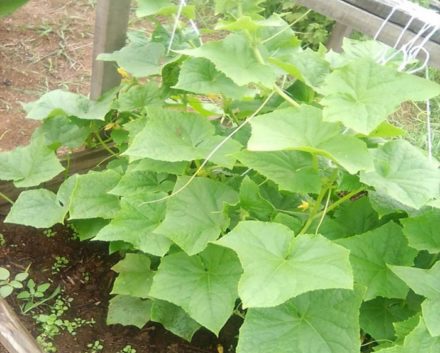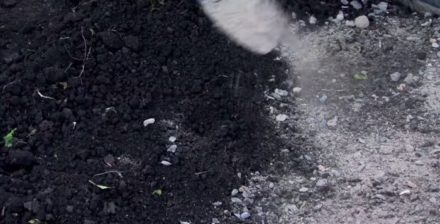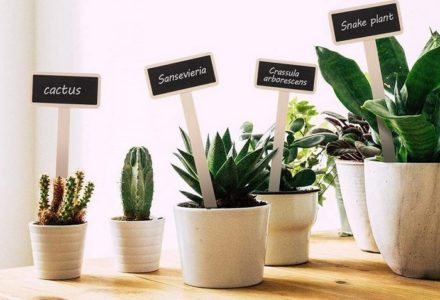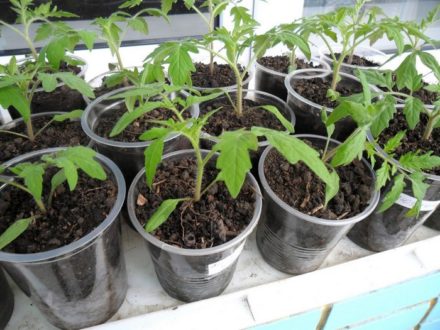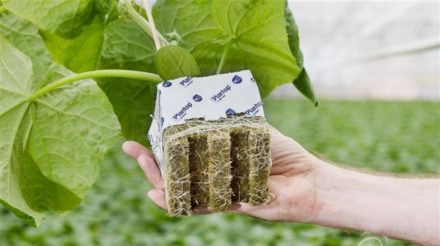The development of seedlings, and subsequently the harvest, depend on the health of the root system. To keep the roots strong and healthy, gardeners use fertilizers. Most often, artificial mineral fertilizers come to their aid. Many gardeners are replacing chemical fertilizers with safer ones. Such fertilizers include ordinary potato starch.
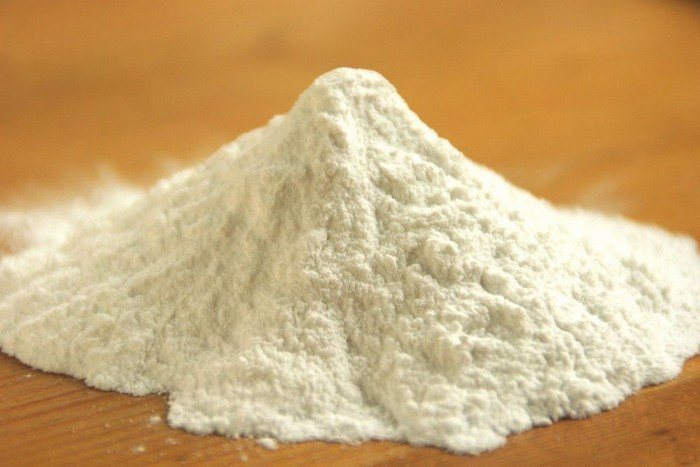
What are the benefits of starch
The bulk substance is especially useful for young plants. It is initially contained in plant cells, since it is the main source for young shoots. Unfortunately, its quantity is not enough, and in order to replenish an important microelement necessary for the growth of seedlings, experienced gardeners resort to using dry matter, adding it to the soil. In the first months of seedling development, starch is especially necessary. During this period, seedlings use it not only to build up their root system, but also store it for flowering, fruit formation and further development. Thanks to chemical processes occurring in plants, the semisaccharide is converted into glucose, which is so necessary for seedlings.
Glycogen also contains phosphorus and potassium, which affect the health and vigor of seedlings.
Starch also promotes the accumulation of moisture in the soil, which has a beneficial effect on the root system.Soil with the addition of polysaccharide contains a larger amount of useful microelements that have a beneficial effect on the formation of the root system and the health of planting material.
To add to the substrate, you can use not only potato starch, but also corn starch. But it is important to remember that the first option is more useful.
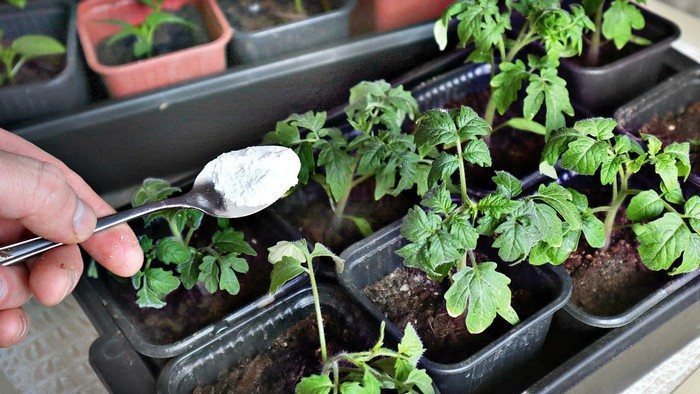
For growing seedlings of which crops starch is especially important?
This substance can be used in growing many crops. Tree and flower seedlings will not refuse such feeding. Starch is especially useful for the following vegetable plants:
- pepper;
- tomatoes;
- cucumbers;
- cabbage;
- zucchini;
- eggplant;
- squash;
- pumpkin.
The root system of the listed vegetable crops is very delicate and requires additional microelements contained in starch.
Mode of application
Since different containers are used for growing planting material, there are several options for using this useful product. Each gardener chooses a more acceptable method for himself.
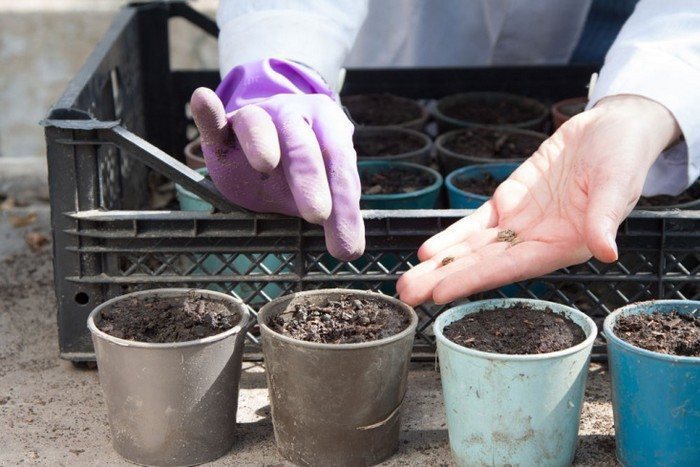
Adding starch before sowing seeds
To simplify growing plants and eliminate some procedures, vegetable growers use disposable cups for growing seedlings. In this case, add 0.5 teaspoon of starch to each container, then mix thoroughly with the soil until smooth. After this, they begin to sow the seeds.
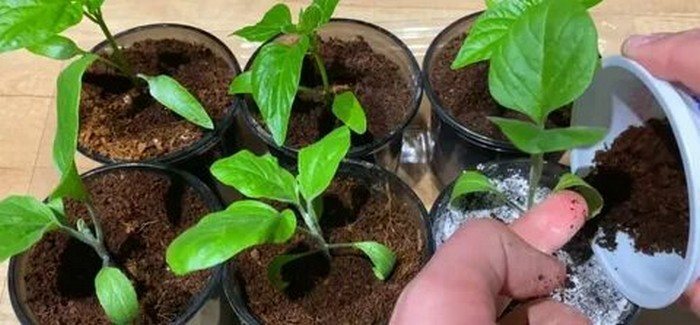
Feeding seedlings
This method is used to fertilize the sprouts that have already appeared. This is done according to the following scheme:
- the soil around the sprouts is slightly loosened so as not to damage the delicate root system;
- starch is distributed evenly over the entire surface in a thin layer;
- The substrate is poured over the starch, then watering is carried out.
In this case, it is recommended to water the plants with a small amount of settled liquid at room temperature.
Low-cost fertilizer and simple ways to use it are currently particularly popular. Attentive attitude to seedlings will certainly affect the quality and quantity of fruits.
Have a good harvest!


